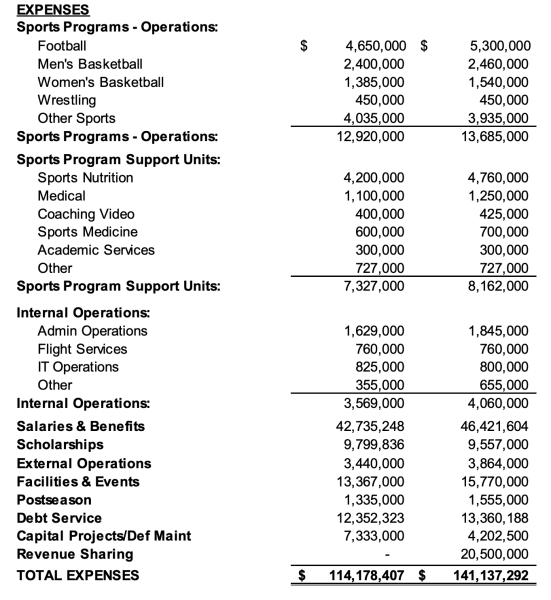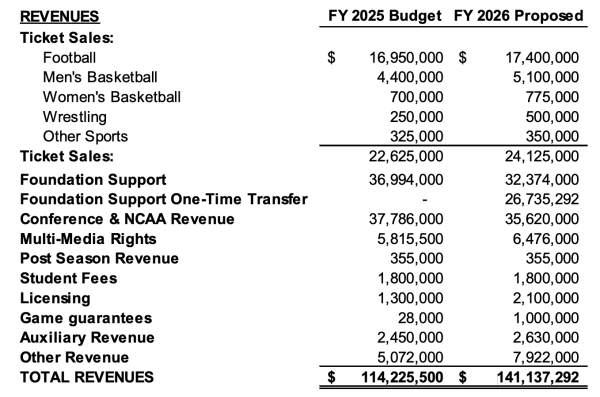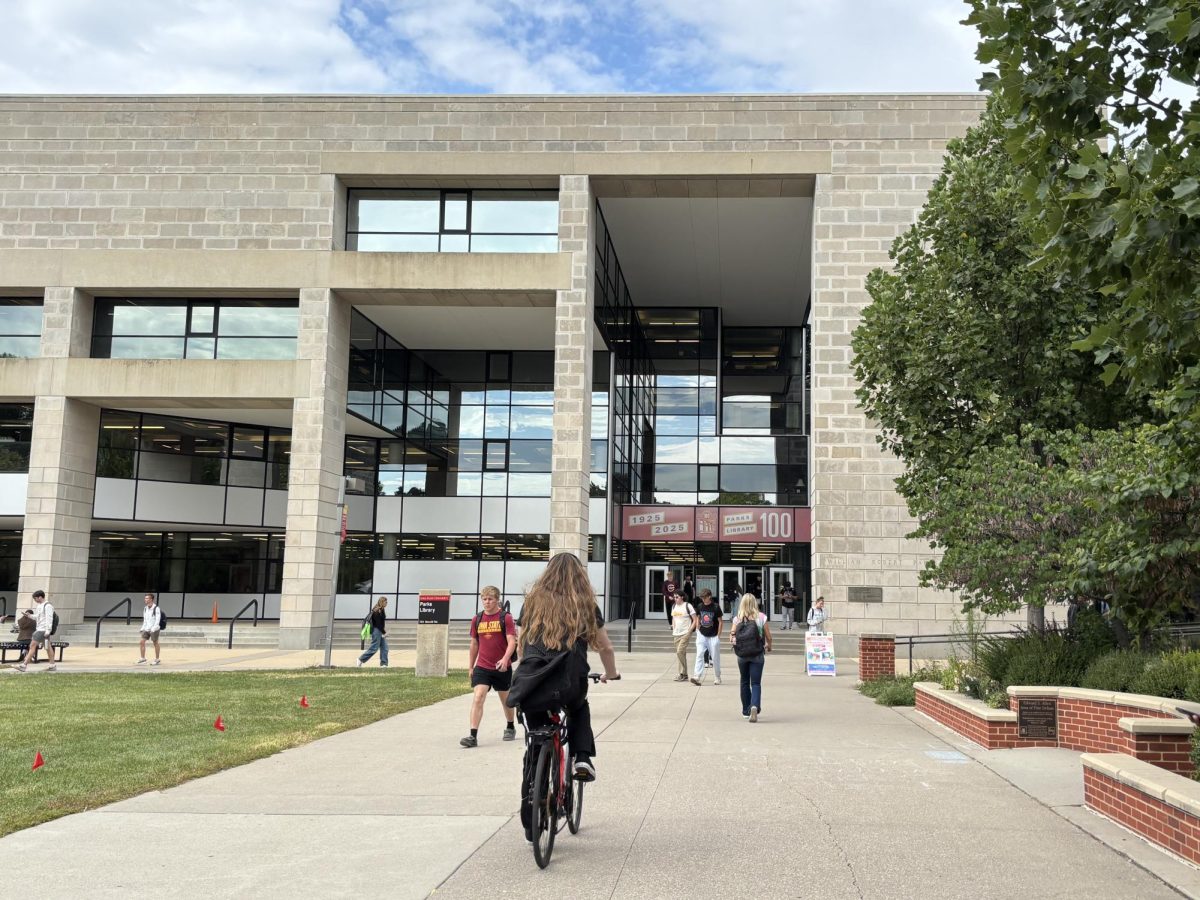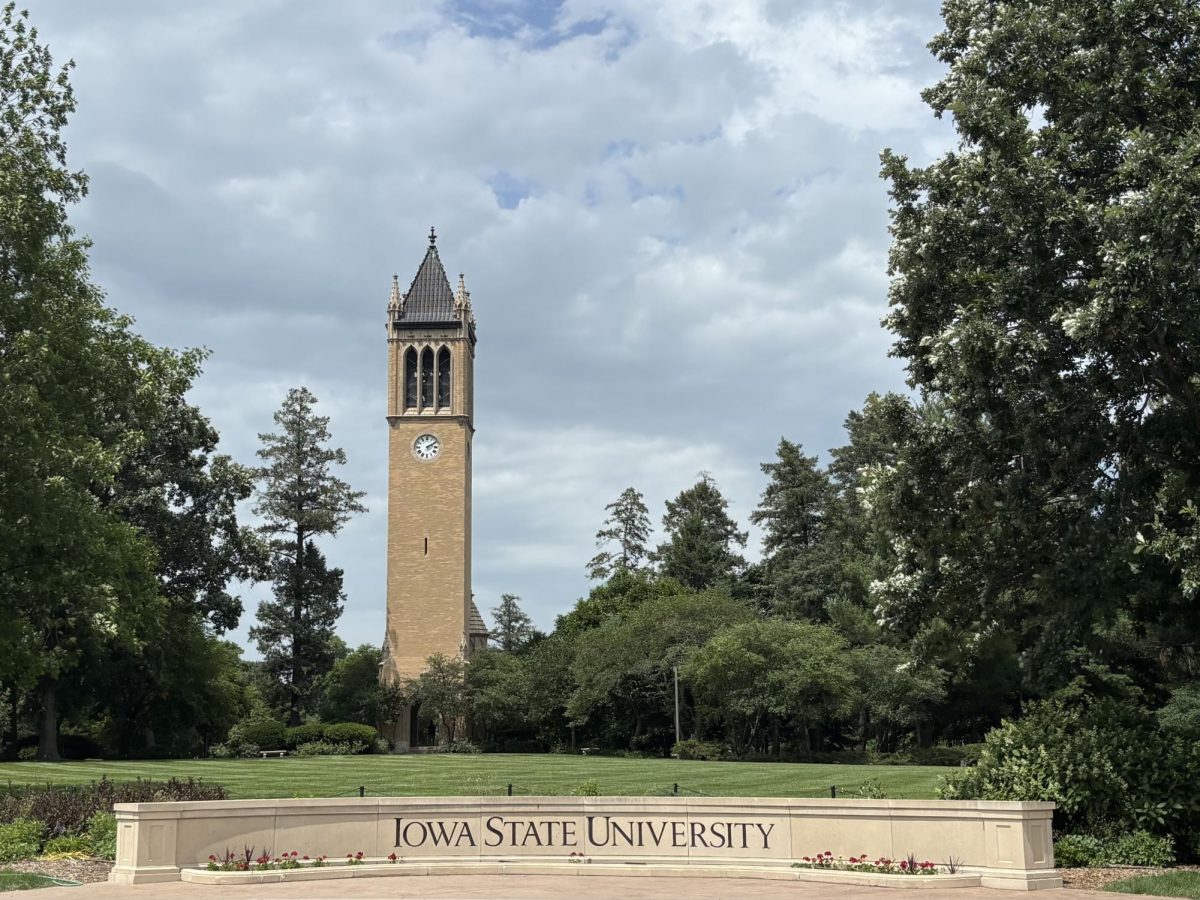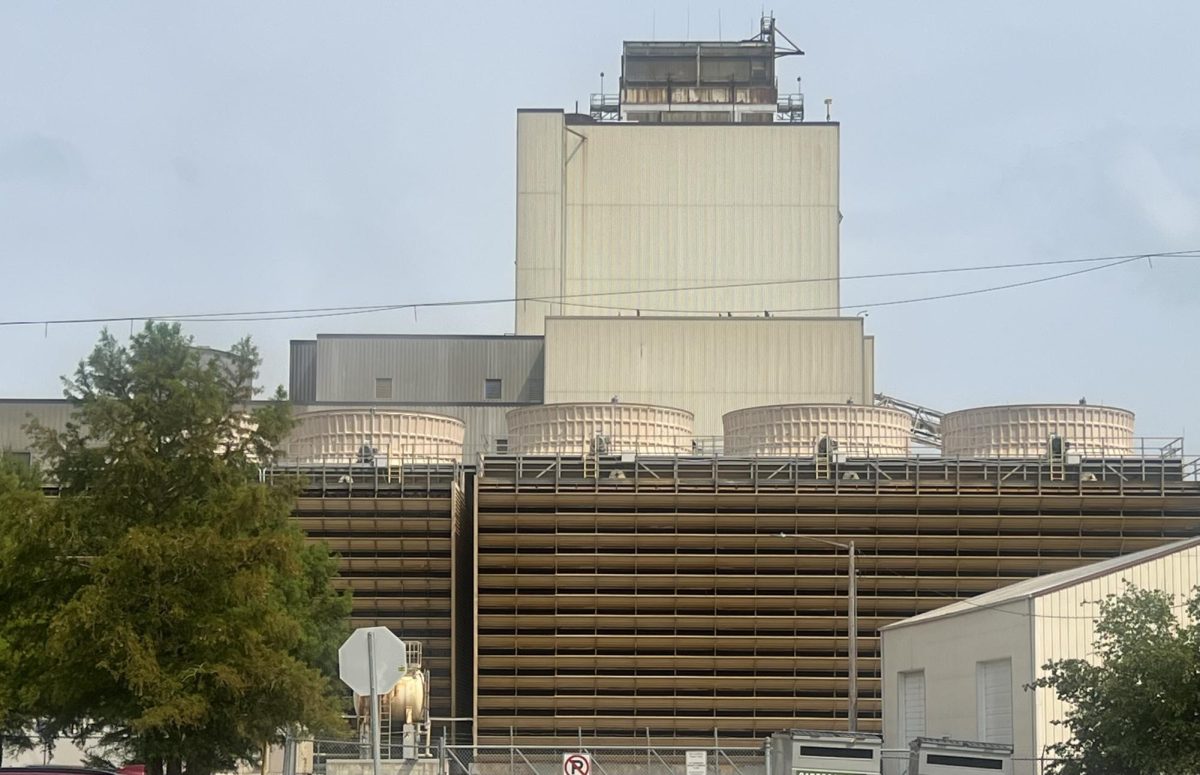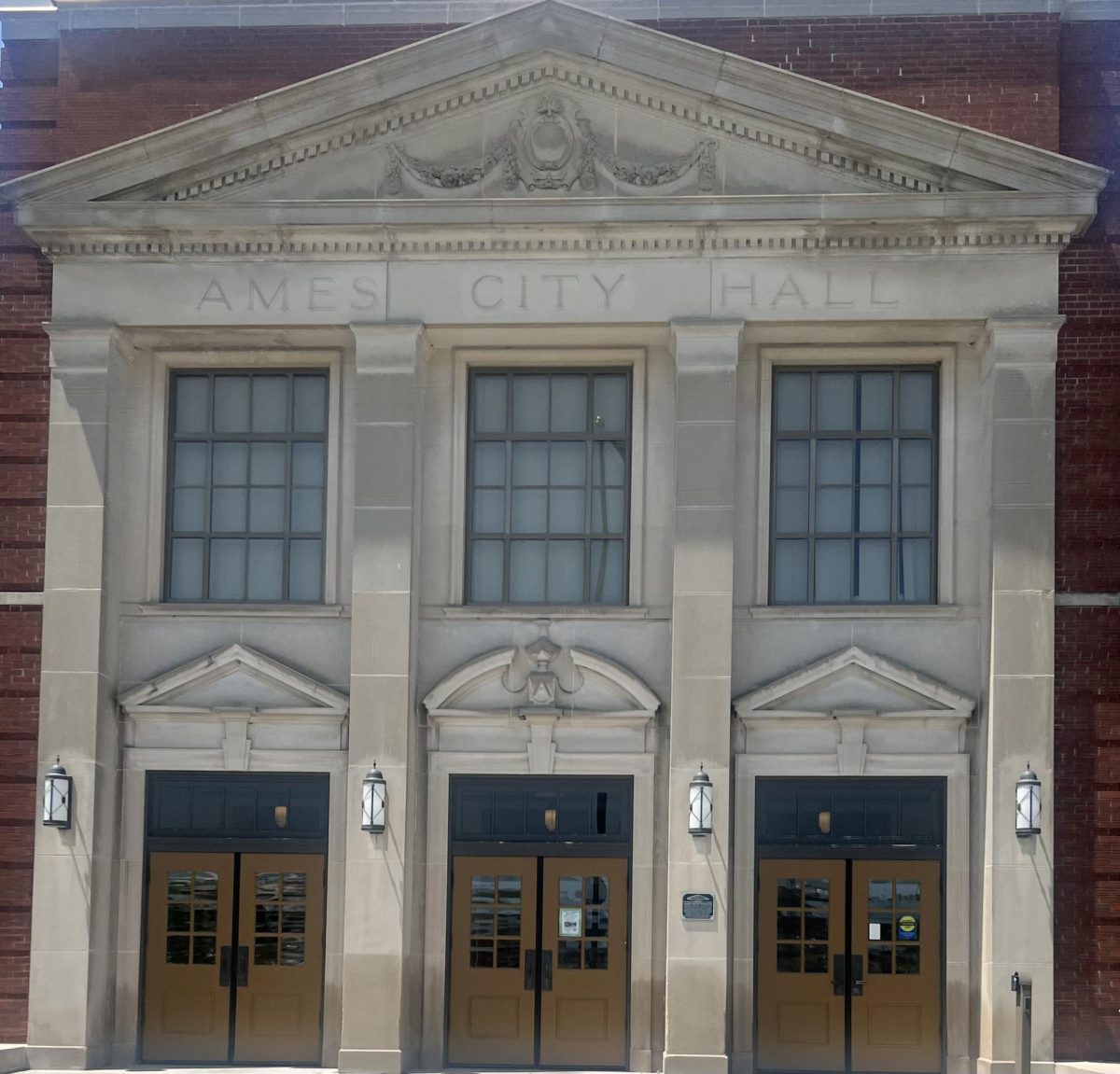The Iowa Board of Regents have approved a $766.9 million budget for Iowa State University’s 2026 fiscal year.
The university’s budget includes a $41.4 million increase in revenue, allocations of state funds for rural development and a breakdown of the athletic department’s deficit and cost-saving efforts.
The Regents approved budgets for all of Iowa’s state universities by a vote of 7-2. Members in favor of the budgets agreed budget amendments could be made at later dates but wanted to pass budgets by the end of July.
Regents David Barker and Christine Hensley voted against budget approval, citing a desire for a more detailed budget. Hensley claimed that Regents are not included in budget-related discussions. Barker said he wants a more formal budget discussion process.
2026 budget increases by 5.7%
The board approved a 2026 fiscal year ISU budget of $766.9 million. That’s an increase of 5.7% ($41.4 million) over the 2025 budget.
An increase in tuition for students will raise gross tuition revenue by $44.1 million according to projected enrollment for next school year.
The university’s indirect cost recovery revenue from federal research grants is projected to decrease by $2.7 million, a 10% decrease from 2025. This is due to “federal grant and recovery rate uncertainties,” according to Regents budget documents.
In the university budget, $10 million has been internally reallocated “to align the budget with its strategic goals and critical institutional needs,” the budget states.
The budget also includes a 2% increase in collective bargaining agreements with the American Federation of State, County and Municipal Employees.
There will be a $8 million student financial aid budget increase and $5.5 million is committed to fund other cost increases, including operations and maintenance.
Budget breakdown
Function: Allocation (% of total budget)
Instruction: $276,205,000 (36%)
Scholarships & Fellowships: $144,439,000 (18.8%)
Academic Support: $142,399,000 (18.6%)
Institutional Support: $81,323,000 (10.6%)
Operations & Maintenance of Plant: $61,878,000 (8.1%)
Student Services: $32,025,000 (4.2%)
Research: $20,758,000 (2.8%)
Public Service: $7,824,000 (1%)
Total: $766,851,00
ISU programs receive funding from state
Several ISU programs will receive funds from the state’s operating fund, particularly from STEM (science, technology, engineering and math) programs and rural development initiatives.
“We received an increase in state funding in three areas to support enhancing Iowa’s rural economy,” President Wintersteen said during her presentation at the meeting.
These programs include:
ISU Agricultural Experiment Station: The ISU Agricultural Experiment Station received a $1 million increase in state funding compared to 2025.
“This is really the only agricultural research program in the state, and it helps maintain Iowa’s global leadership in agricultural productivity, sustainability and efficiency,” Wintersteen said.
The allocated funds also help secure an additional $8.5 million from the U.S. Department of Agriculture annually as well as $50 million in grants and contracts.
Funds go toward salaries and benefits, supplies and services, utilities, building repair, equipment purchases and aid to individuals.
A total of $30.5 million was appropriated from the state budget while $5.7 million came from federal support.
Total funding: $36.1 million
ISU Livestock Disease Research: The ISU Livestock Disease Research program received a one-time state grant of $100,000 from the Iowa Livestock Health Advisory Council, increasing the funds compared to 2025.
Wintersteen said this research “is vital to protect Iowa’s $32.6 billion livestock production industry.”
The research is conducted through the university’s College of Veterinary Medicine. Funds go toward supplies, services and building repair.
Total funding: $391,390
ISU Veterinary Diagnostic Lab (VDL): The ISU Veterinary Diagnostic Laboratory received $299,898 more in state funds than in 2025.
“Iowa State’s VDL is the largest food-focused VDL in the country,” Wintersteen said. “Last year, the lab processed more than 127,000 cases and conducted over 1.7 million tests.”
Funds go toward salaries, benefits, supplies and services. The budget also includes $250,000 of one-time funds for new equipment.
Total funding: $4.9 million
Other state appropriations: These ISU programs received state funding but did not receive an increase in funding compared to the 2025 budget:
ISU Cooperative Extension Service: 18.2 million
ISU Private Forest Management: $150,000
ISU Economic Development: $2.4 million
ISU Biosciences Innovation: $3 million
John Pappajohn Entrepreneurial Center: $41,667
The STEM Workforce Initiative received $2.8 million in state funds. Wintersteed highlighted the initiative in her report to the Regents.
The initiative features three new degrees: digital and precision agriculture, integrated health sciences, and financial technology.
In 2023, 53 students enrolled in the university’s new biomedical engineering program — double what was expected. This year, that number is expected to triple — 155 are enrolled in the program for the fall of 2025.
There are also STEM-related facility upgrades on campus. The Therkildsen Industrial Engineering Building has been completed and will be ready for the school year. The Black Engineering Building will renovate 12,000 square-feet for the university’s largest department, mechanical engineering.
ISU Athletics funding deficit
ISU Athletics, which is not supported by university funds, has a total budget of $141 million in 2026. There’s a projected, cumulative $147 million deficit in the program through 2031 – or about $24.5 million each year.
The deficit is due to $30 million in “recurring annual financial repercussions to the Athletics Department” following the Big 12 Conference increasing from 10 to 16 teams, adjustment of revenue distribution from the College Football Playoff, and the House v. NCAA settlement which distributes revenue to student athletes.
To increase revenues, ISU Athletics will:
- Stop absorbing sales tax cost on tickets, passing approximately $1.5 million to ticket buyers
- Increase annual donation levels for Cyclone Club membership by 20%
- Initiate cost reduction mandates in all sports to slow the growth of expenses
The most significant savings will come from reducing travel costs, such as location of trips and mode of transportation, for Olympic sports.
ISU Athletics has also indefinitely postponed constructing a $20 million wrestling practice facility and a $25 million renovation of Hilton Coliseum.
The budget includes a one-time transfer of $26.7 million in athletic department reserves from the ISU Foundation.
